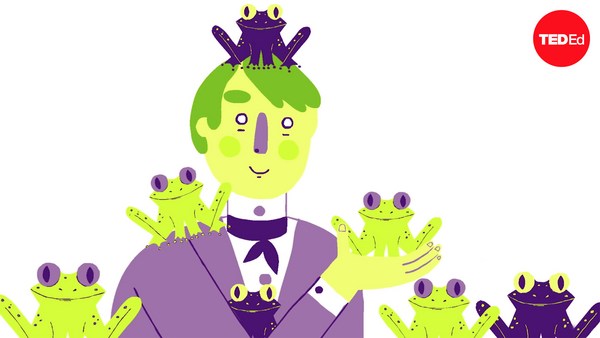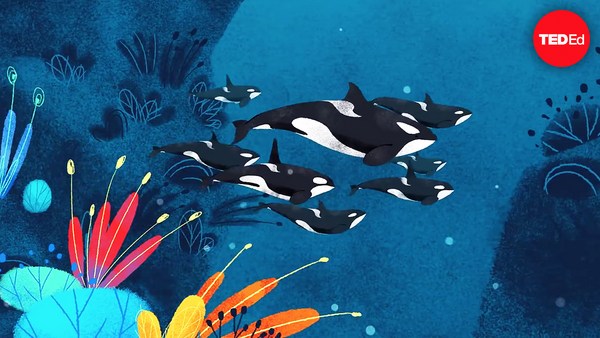A male firefly glows above a field on a summer’s night, emitting a series of enticing flashes. He hopes a nearby female will respond with her own lightshow and mate with him. Sadly for this male, it won’t turn out quite the way he plans. A female from a different species mimics his pulsing patterns: by tricking the male with her promise of partnership, she lures him in– and turns him into an easy meal. He’s been deceived.
Behavioral biologists have identified three defining hallmarks of deception by non-human animals: it must mislead the receiver, the deceiver must benefit, and it can’t simply be an accident. In this case we know that the predatory firefly’s signal isn’t an accident because she flexibly adjusts her flash pattern to match males of different species.
Based on this definition, where is animal deception seen in nature?
Camouflage is a good starting point– and one of the most familiar examples of animal trickery. The leaf-tailed gecko and the octopus fool viewers by blending into the surfaces on which they rest. Other animals use mimicry to protect themselves. Harmless scarlet kingsnakes have evolved red, yellow, and black patterns resembling those of the venomous eastern coral snake to benefit from the protective warnings these markings convey. Even some plants use mimicry: there are orchids that look and smell like female wasps to attract hapless males, who end up pollinating the plant.
Some of these animals benefit by having fixed characteristics that are evolutionary suited to their environments. But in other cases, the deceiver seems to anticipate the reactions of other animals and to adjust its behavior accordingly. Sensing a threat, the octopus will rapidly change its colors to match its surroundings. Dwarf chameleons color-match their environments more closely when they see a bird predator rather than a snake– birds, after all, have better color vision.
One of the more fascinating examples of animal deception comes from the fork-tailed drongo. This bird sits atop tall trees in the Kalahari Desert, surveying the landscape for predators and calling when it senses a threat. That sends meerkats, pied babblers, and others dashing for cover. But the drongo will also sound a false alarm when those other species have captured prey. As the meerkats and babblers flee, the drongo swoops down to steal their catches. This tactic works about half the time– and it provides drongos with much of their food.
There are fewer solid cases of animals using signals to trick members of their own species, but that happens too. Consider the mantis shrimp. Like other crustaceans, it molts as it grows, which leaves its soft body vulnerable to attack. But it’s still driven to protect its home against rivals. So it has become a masterful bluffer. Despite being fragile, a newly molted shrimp is actually more likely to threaten intruders, spreading the large limbs it usually uses to strike or stab its opponents. And that works – bluffers are more likely to keep their homes than non-bluffers.
In its softened condition, a mantis shrimp couldn’t withstand a fight– which is why we can be confident that its behavior is a bluff. Biologists have even noticed that its bluffs are tactical: newly molted mantis shrimp are more likely to bluff against smaller rivals, who are especially likely to be driven away. It would seem that instead of just threatening reflexively, the mantis shrimp is swiftly gauging the situation and predicting others’ behavior, to get the best result.
So we know that animals can deceive, but do they do so with intent? That’s a difficult question, and many scientists think we'll never be able to answer it. We can't observe animals’ internal thoughts. But we don’t need to know what an animal is thinking in order to detect deception. By watching behavior and its outcomes, we learn that animals manipulate predators, prey, and rivals, and that their capacity for deception can be surprisingly complex.





